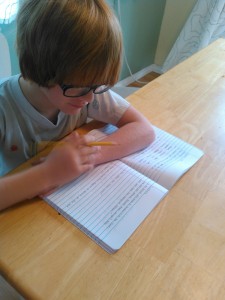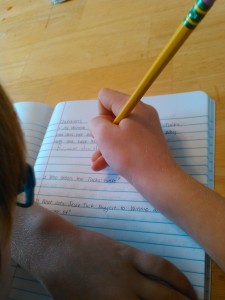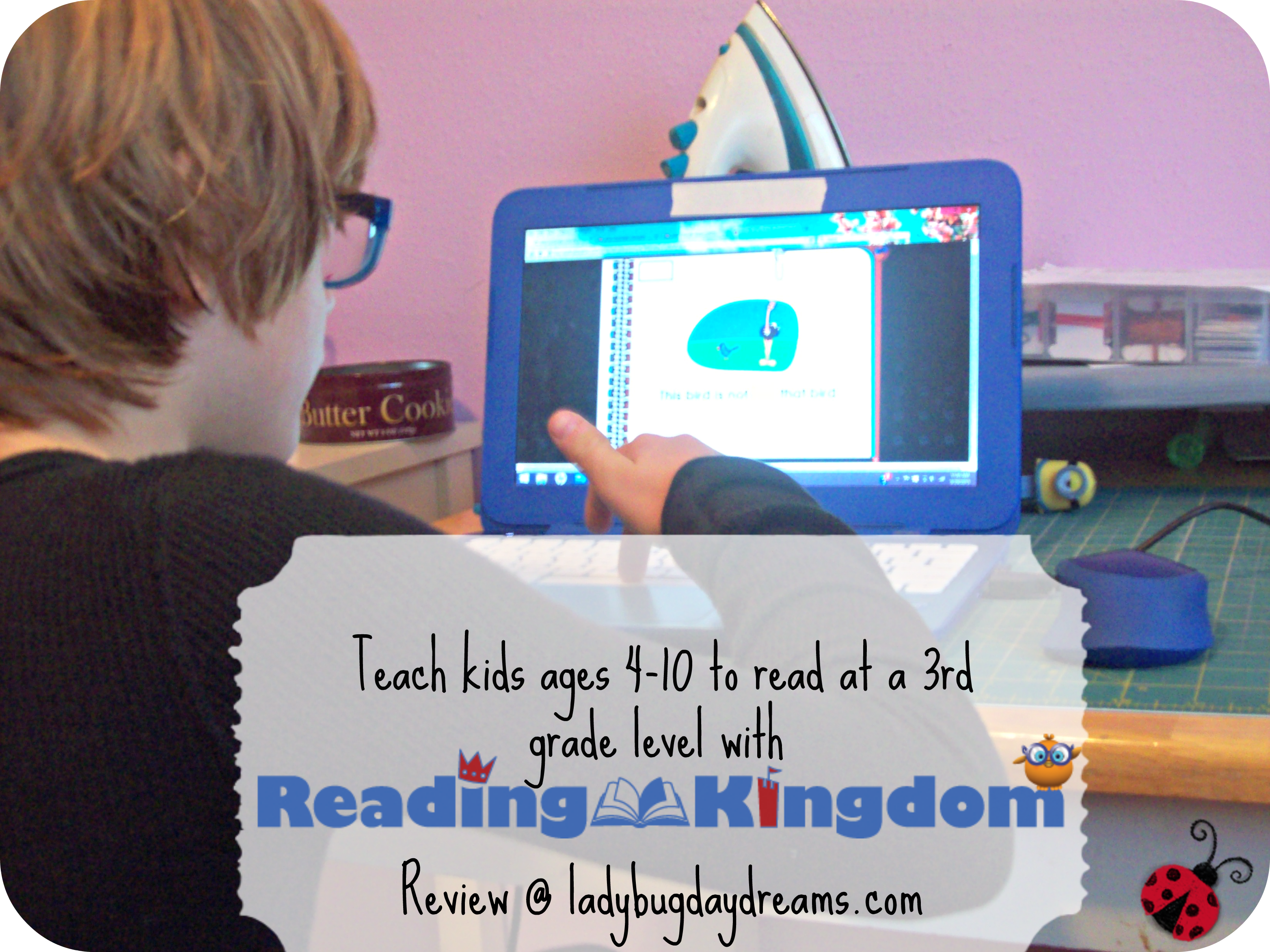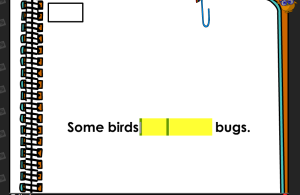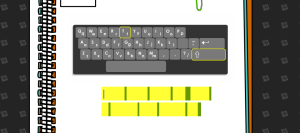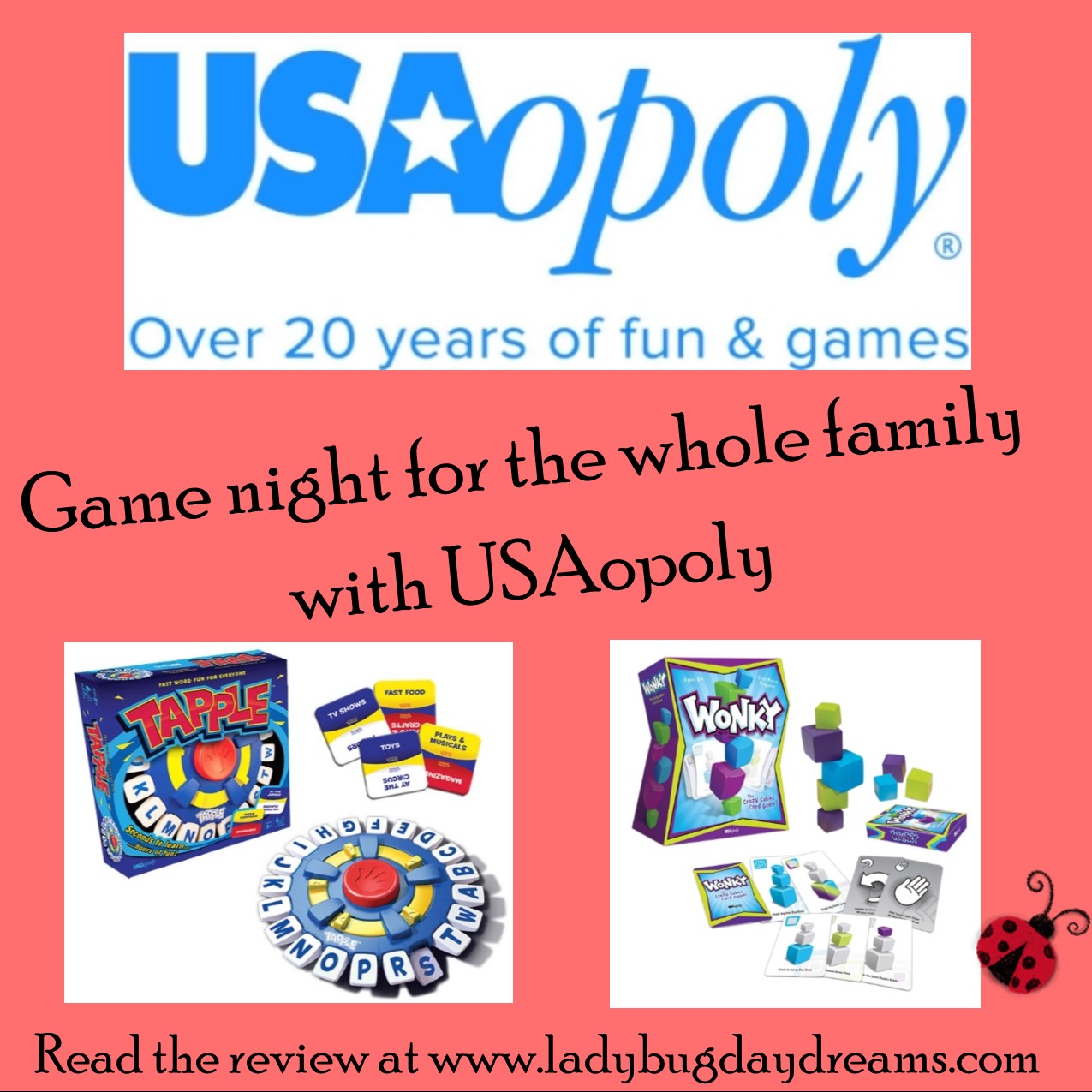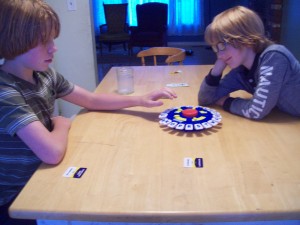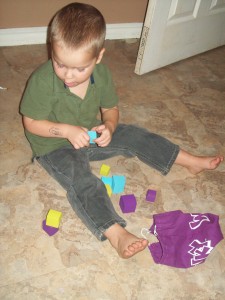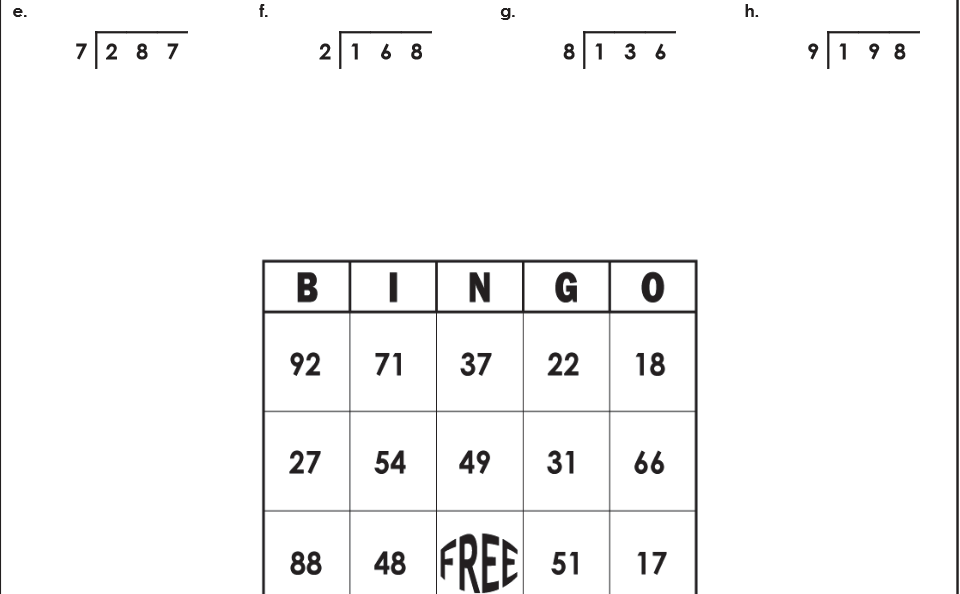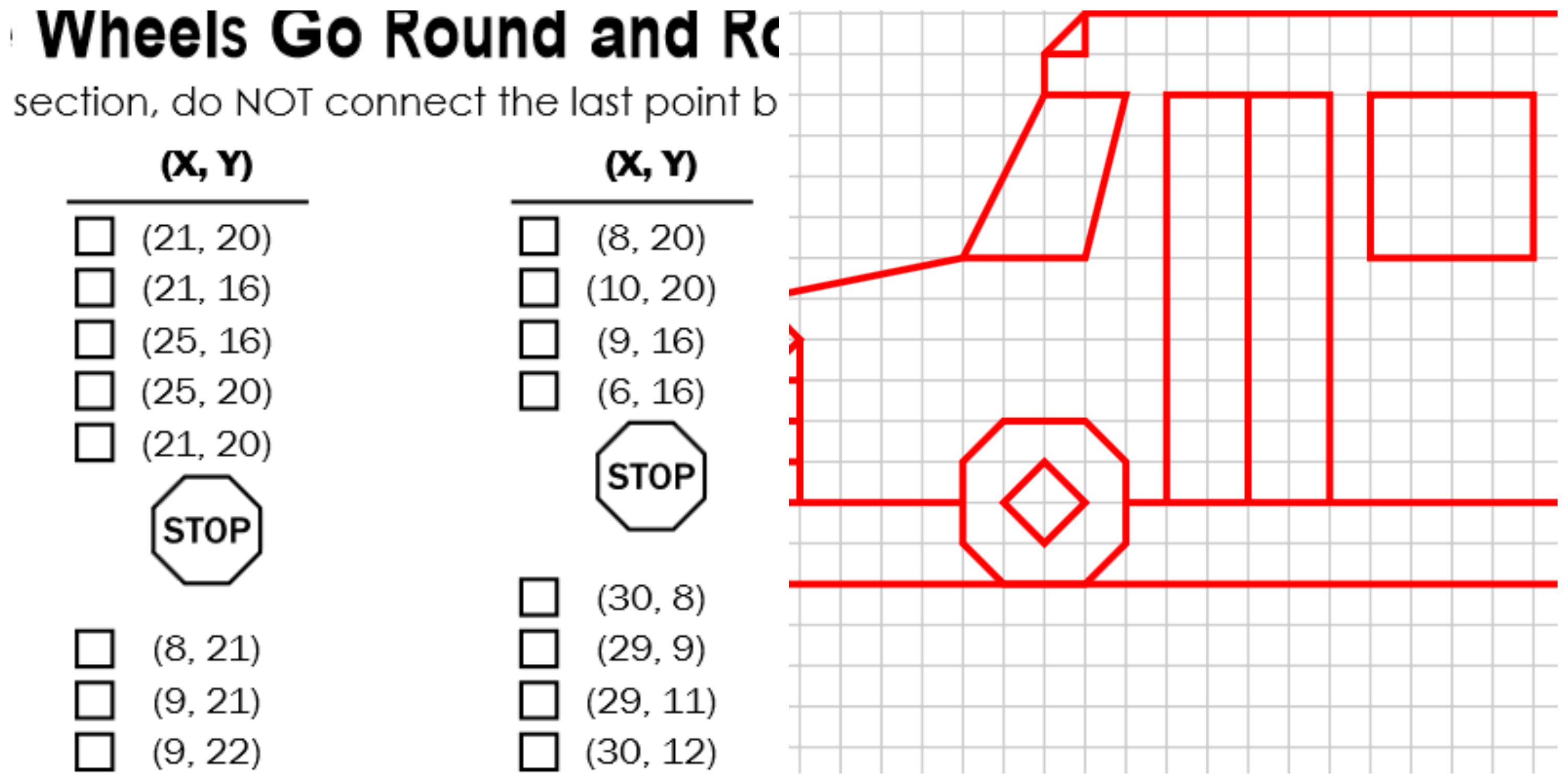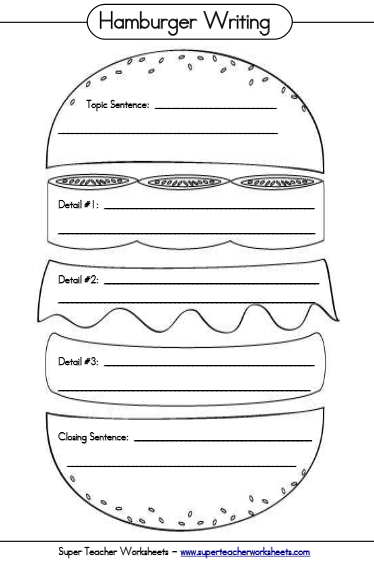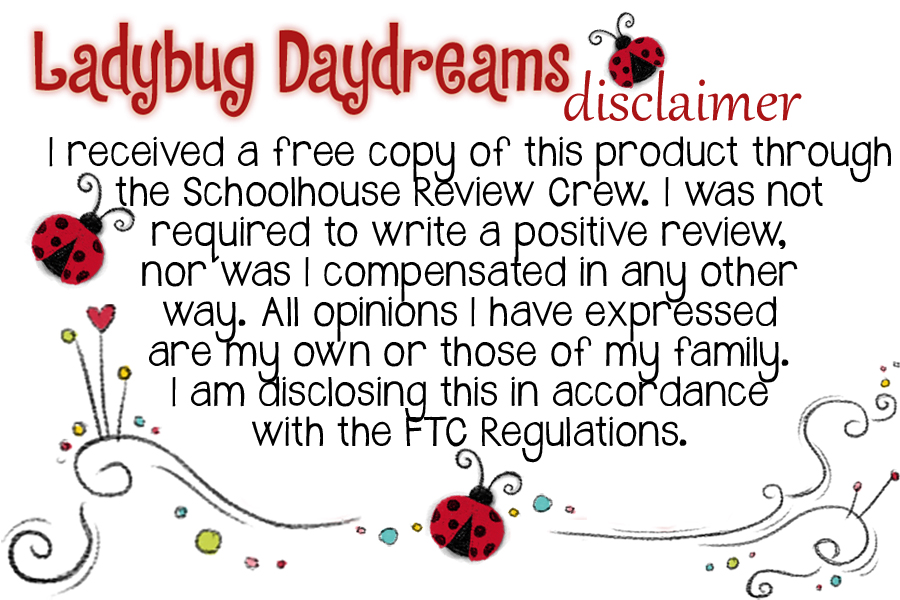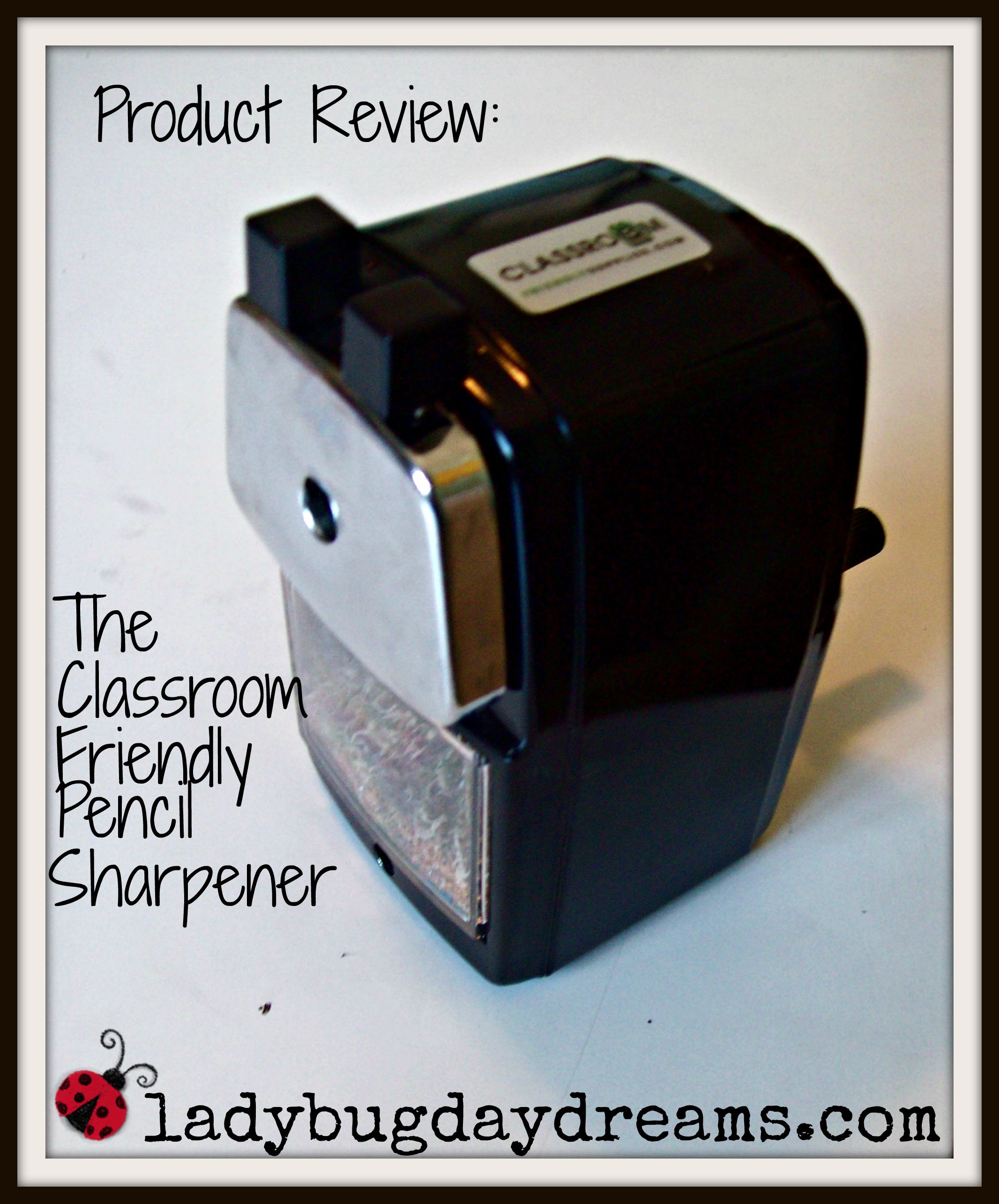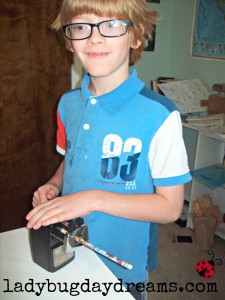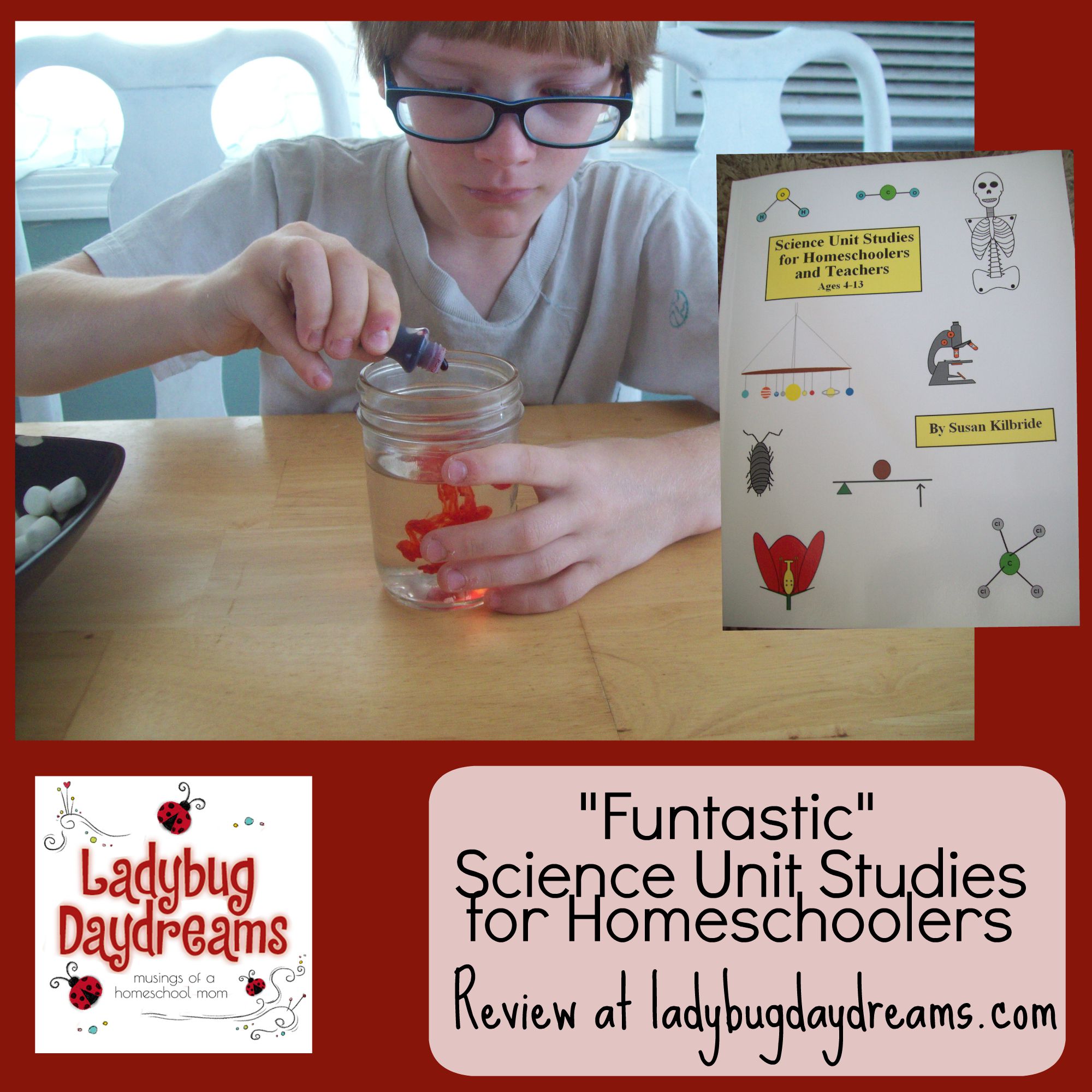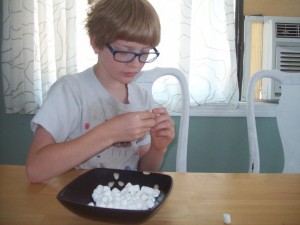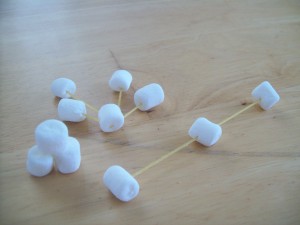A Bible Study for Kids of ALL Ages (GrapeVine Studies Review)
It’s important to Will and me that our boys study their bibles. We go to church, yes, but we feel that it’s our main duty as parents to instill a fear of God into them. In this way, and only this way, will they learn to be the godly men we want them to grow into. So, even though we attend church most weeks (unless someone is sick, typically), we also make sure to study the Bible at home. (This is especially important with Small Fry because his church class is taught primarily in Spanish because he’s the only non-hispanic of his age group in our church.) While we firmly believe that the Bible itself is the most important thing, it’s also good to have other options for study under your belt, so to speak. And when those options can work for multiple age groups, all the better, especially in a family like mine with split-age children. This is where this review for GrapeVine Studies comes into play.
The past several weeks, we’ve been studying the Christmas story with Birth of Jesus: Multi-Level. This includes a teacher manual ($12.50 in print or $10 for a family license e-book) and a student book ($8 in print, $6.50 for a family license e-book, or $22.50 for a classroom license e-book) and is designed for ages 7 and up. As a special bonus, I was also blessed with the Traceable student book (same prices as the regular student book), designed for ages 3-6. See what I mean about it being perfect for my family? A study for kids 3-6 (Small Fry turned 3 this past summer) and a matching one for ages 7 and up? I was so excited when I saw this product that I requested to review it even though the due dates for the review were so close to Dragonfly’s birth. That’s how good a fit I thought it would be for our family. And I was right.
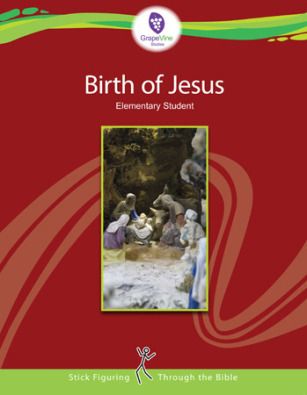 The teacher manual is a 65-page PDF e-book that covers the goals for the program (for teachers and students), the supplies needed to successfully complete it, a timeline of the events to be studied, 4 lessons, and a final review. The student book (multi-level) and the traceable book are each 49 pages and cover the same material as the teacher book, minus the teacher resources (goals and supplies). It’s a very easy program to implement. Allow me to explain how we worked it.
The teacher manual is a 65-page PDF e-book that covers the goals for the program (for teachers and students), the supplies needed to successfully complete it, a timeline of the events to be studied, 4 lessons, and a final review. The student book (multi-level) and the traceable book are each 49 pages and cover the same material as the teacher book, minus the teacher resources (goals and supplies). It’s a very easy program to implement. Allow me to explain how we worked it.
First, I had Will print off the traceable book for Small Fry. For the older boys, I had them work with blank paper. They were able to be more creative this way, and I think they enjoyed it a bit more than if it had been “workbook-y.” Then I referred to my computer for the teacher book. I didn’t feel it was necessary to print that off when I could just read off of my screen. Besides the printouts/paper, the only other supplies we used were a Bible to share and a pencil for each child.
A day of using this curriculum was pretty straightforward. The teacher manual shows pictures of the student manual so I could get an idea of what the kids should be drawing. Other than that, it was basically just a list of Scriptures to read. I’d read straight from our Bible the appropriate verse(s) and wait while the boys drew (or traced) an image to go along with that section. Then I’d move on to the next one. Because we were working with Small Fry on this review, too, I kept the lessons short. We did about half a lesson per day in order to keep him interested. The last thing I wanted was to overwhelm him and destroy his excitement about this study. Working at this pace, there were about four pictures per day of drawing/tracing to be done. At the end of each lesson, there’s a series of questions to ask to make sure the material was absorbed.
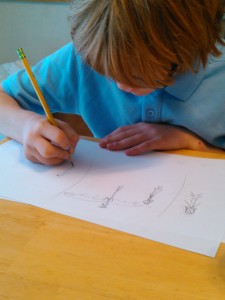 Our overall thoughts? We liked this study a lot. The boys, as I’ve mentioned before, really love to draw, so this kind of thing was right up their alley. And Small Fry was super excited to have “school” of his own to work on each day. Every single day, he would come up to me and ask, “Is it a school day, Mama? Can I do my school?” It was a real blessing to see him so excited about getting some work done. (This was better than putting him on a video to avoid distraction, in my opinion.) In a nutshell, we definitely recommend this product!
Our overall thoughts? We liked this study a lot. The boys, as I’ve mentioned before, really love to draw, so this kind of thing was right up their alley. And Small Fry was super excited to have “school” of his own to work on each day. Every single day, he would come up to me and ask, “Is it a school day, Mama? Can I do my school?” It was a real blessing to see him so excited about getting some work done. (This was better than putting him on a video to avoid distraction, in my opinion.) In a nutshell, we definitely recommend this product!
Blessings,
Make sure to click the banner below to check out what other members of the Schoolhouse Review Crew thought of GrapeVine Studies. In addition to the Birth of Jesus study, some families are reviewing a variety of Old Testament studies as well.

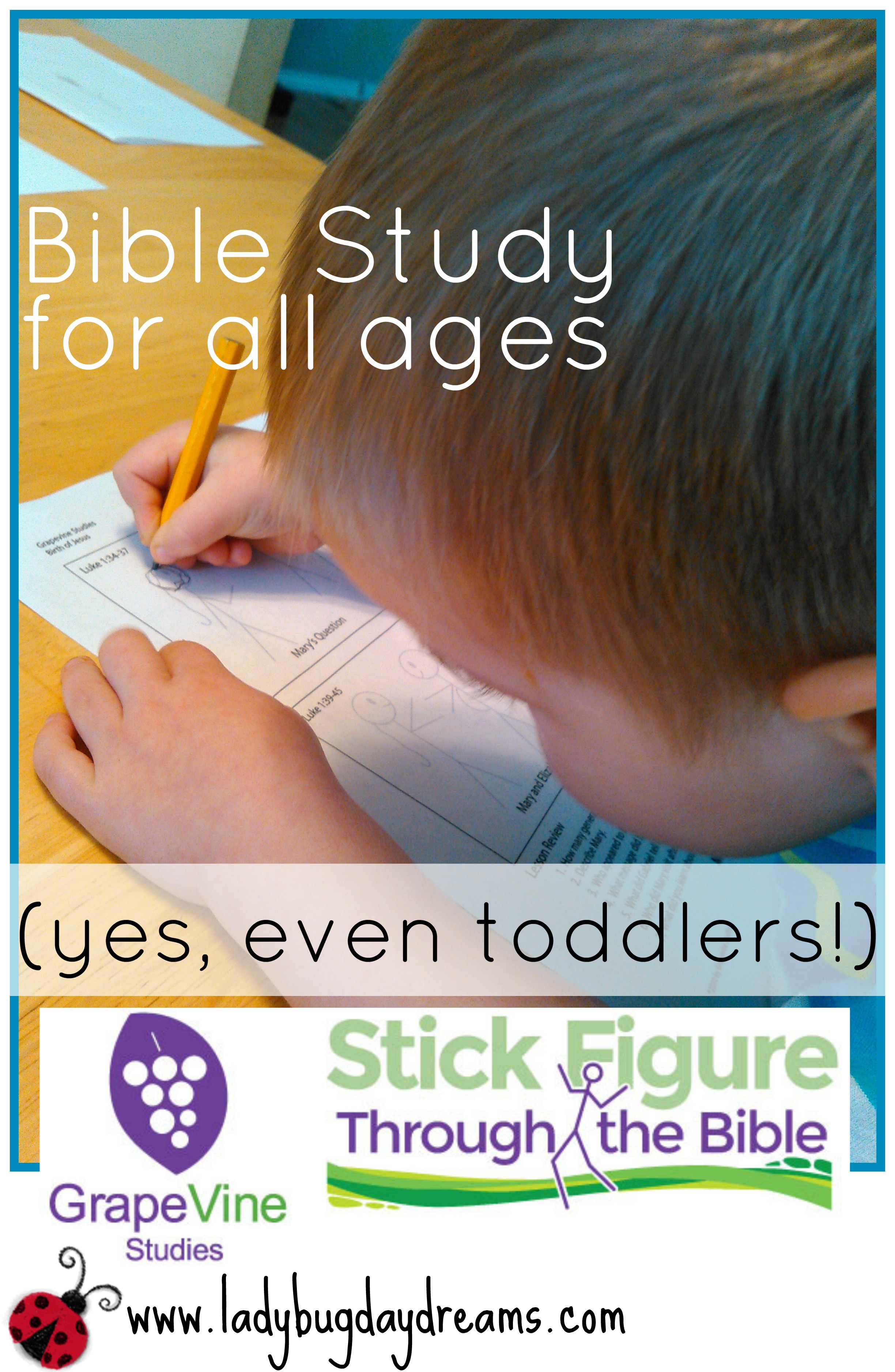


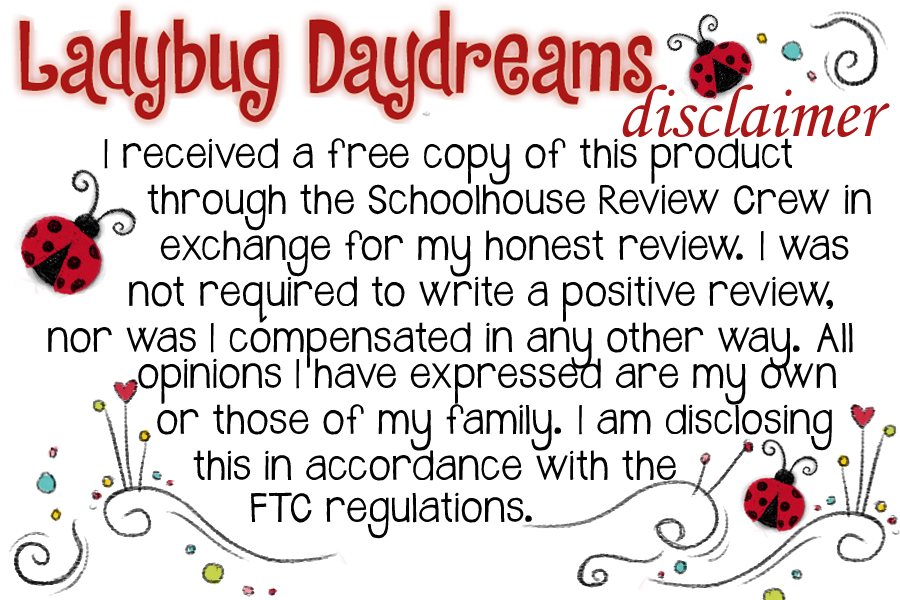
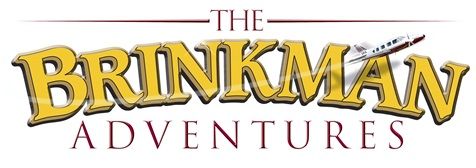
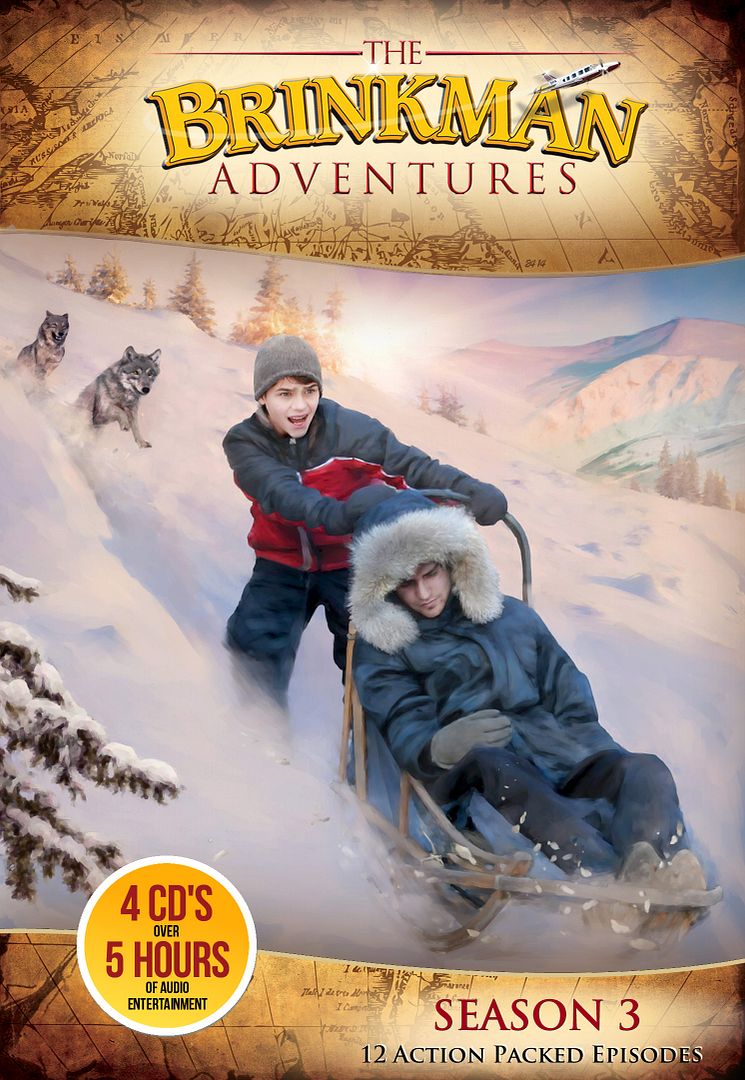 It had been a while since I’d listened to Season 2, but there are some things that are the same – the music and voice actors, for example. I was instantly filled with happiness when the music kicked in on the first episode. I felt like I was rejoining some old friends I hadn’t seen (or heard from, more like) in several months. It was really nice.
It had been a while since I’d listened to Season 2, but there are some things that are the same – the music and voice actors, for example. I was instantly filled with happiness when the music kicked in on the first episode. I felt like I was rejoining some old friends I hadn’t seen (or heard from, more like) in several months. It was really nice.
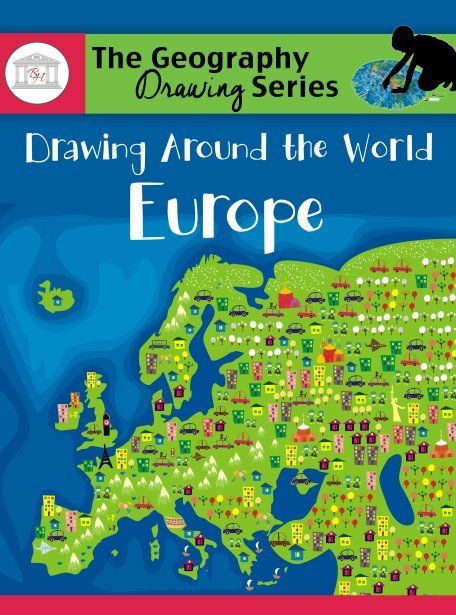 Enter
Enter 
